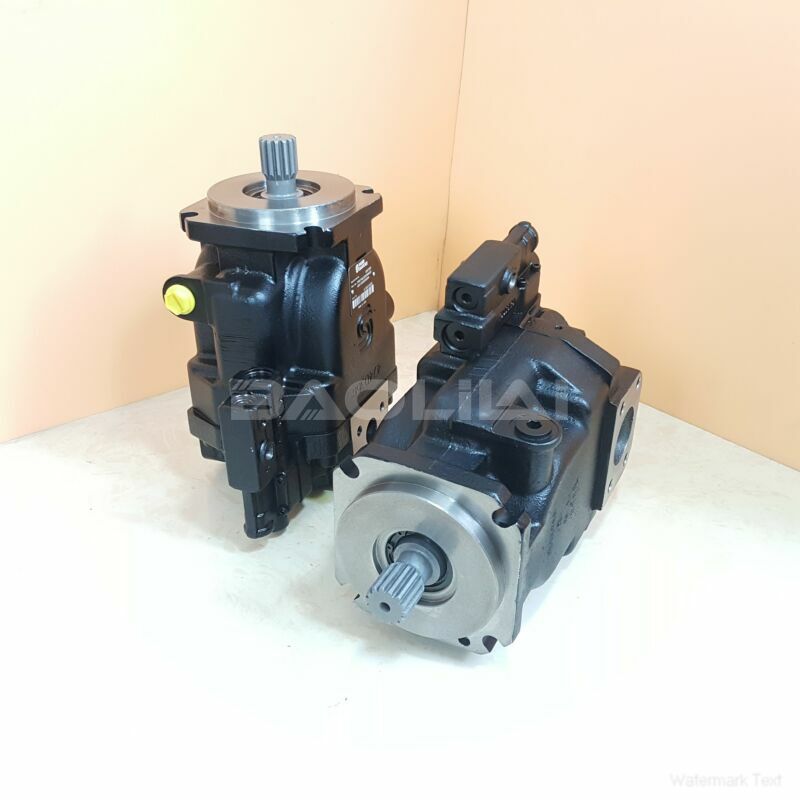FRL074BLS2520NNN3S1C2A1NAAANNNNNN danfoss pump
FRL074BLS2520NNN3S1C2A1NAAANNNNNN danfoss pump

- Product Details
- Applicable Scene
In the rapidly evolving landscape of renewable energy, effective energy storage and management solutions play a critical role in maximizing efficiency and ensuring sustainability. Danfoss pumps, renowned for their innovation and high performance, have emerged as key components in the optimization of energy systems, particularly in the renewable sector. This article explores the numerous benefits of integrating Danfoss pumps into energy storage and management systems for renewables.
FR-L-074B-LS-25-20-NN-N-3-S1C2-A1N-AAA-NNN-NNN
FRL074BLS2520NNN3S1C2A1NAAANNNNNN
One of the primary advantages of Danfoss pumps is their efficiency. With a focus on reducing energy consumption, these pumps are designed to operate at optimal efficiency under varying load conditions. This efficiency not only translates into lower operational costs but also aligns with the goals of renewable energy systems, which seek to minimize energy waste. By utilizing variable speed drive technology, Danfoss pumps can adjust their output based on real-time demands, enhancing system flexibility and responsiveness.

83007951
Moreover, Danfoss pumps contribute significantly to the reliability of energy storage systems. In the context of renewables, energy storage solutions such as battery systems and thermal storage are essential for balancing supply and demand. The robust design and advanced control solutions provided by Danfoss ensure that these pumps can withstand the rigorous demands of energy management applications. This reliability is crucial for maintaining the integrity of energy systems, particularly in environments where intermittent energy sources like wind and solar are prevalent.
Another benefit lies in the scalability of Danfoss solutions. As energy needs evolve, the ability to scale systems efficiently becomes paramount. Danfoss pumps can easily be integrated into existing infrastructures or expanded to accommodate growing energy demands. This adaptability not only protects investments but also promotes long-term sustainability by allowing systems to evolve alongside new technologies and changing energy landscapes.





